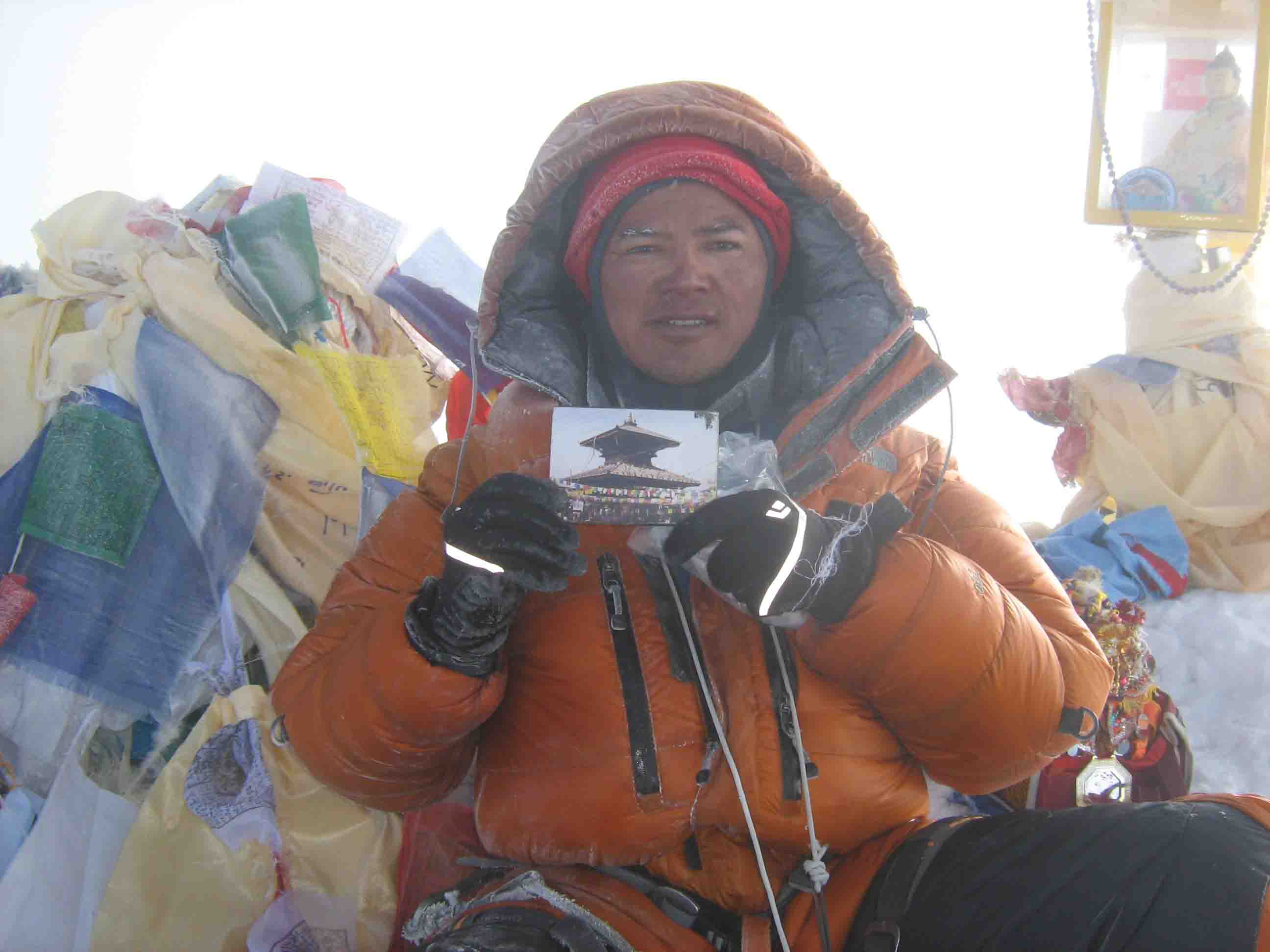Mt. Everest is also called Chomolungma Peak in Tibetan, Sagarmatha in Nepali, Chajamlungma in Limbu and Zhumulangma Peak in Chinese. It is the highest mountain on this Earth as measured by the height from the above sea level. It is located on the border between Sagarmatha Zone, Nepal, and Tibet, China. In 1856, the Great Trigonometric Survey of India established the first published height of Everest, then known as Peak XV, at 29,002 ft (8,840 m). In 1865, Everest was given its official English name by the Royal Geographical Society upon recommendation of Andrew Waugh, the British Surveyor General of India at the time.
Our team guide and staff are pro specialists who're skilled and assessed through the International Federation of Mountain courses associations (IFMGA) resulting in a more repertoire of skills that allows them to offer a committed stage of protection to you at some stage in the expedition. The guide’s contribution is predominantly round making choices to preserve you secure and healthful and to avoid the mishap. that is based on years of the first-hand revel in on the mountain and is in evaluation to startup operators seeking to research the ropes at your price or domestically-led organizations which might be wanting of preventative techniques and lower back-up contingency in case of a mishap.
With over 15 years of guiding experience on Everest, Churen trek is identified because the most useful guide provider to provide you with an absolutely worthwhile enjoys hiking to the summit of the best mountain in the world. we're recognized for the great of our logistical offerings and Sherpa group, and Base Camp staff. we have the brand new generation in weather forecasting and communication structures each on and stale the mountain. Our Base Camp services, which give non-public tents and nicely. Organized food with the aid of western-educated cooks can help you loosen up and regain energy when coming back from your acclimation climbs.
Climbing Routes
Camp I 20,000ft. (6,400m)
This camp 1 is situated in the flat area of endless snow deep crevasses and mountain walls. Because of the Sun's reflection from this place we get warm and heating ambience at this place. In the night we listen the deep murmuring cracking sounds of crevasses beneath our tent. These are the areas where we have to walk to reach camp 2.
Camp II 21,000ft. (6,750m)
This camp 2 is situated at the height of the 21,000ft, which is located at the foot of the icy mount Lhotse wall though where we have to go ahead. Weather is here is good but bad clouds roll in from the low range of the Himalayan valleys to the bottom of our camp two. But wind here sometimes seems very violent enough to destroy our tents. After climbing these palaces we reach camp 3.
Camp III 22,300ft. (7,100m)
Camp 3 is located at the height of 22,300ft, adjoining to mount Lhotse wall. After climbing the 4,000ft. Lhotse wall by using fixed rope and with prior acclimatization it leads us to camp 4. Also on the way we have to ascend the steep allow bands (lose, down -slopping and rotten limestone). From their crossing short snowfield, the route moves ahead up the Geneva Spur to the east before finishing the flats of the south col. (Another wells name meaning Saddle of pass). Oxygen should probably be use above base camp 3 in case of needed to the climbers.
Camp IV 26,000ft. (8,400m)
Now we are on camp 4 which located at the height of 26,000ft; it is the last camp of the Expedition. From here the summit is about 500m, a distance far. This is the final and dangerous part of the climbing. This place is besieged by ferocious and violent winds. The normal best way to reach the summit is via the narrow South - East Ridge and it precedes the South Summits 28710ft.









Aline de France écrit sur 08-04-2021
Agence très sérieuse, professionnelle toujours à l’écoute de nos attentes et de nos envies.Capable de nous proposer des treks à la demande et personnalisés.Cela fait maintenant la 13ème année que nous partons avec Churen Himal Treks.